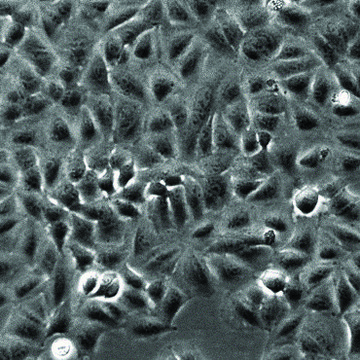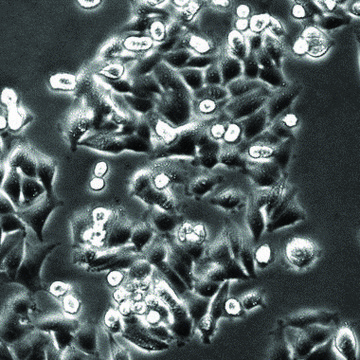CLL1222
Safe Harbor Landing Pad Cell Line HCT-116 Cancer Cells
human male colorectal tissue (Source Disease: Colorectal carcinoma)
About This Item
Recommended Products
Product Name
Safe Harbor Landing Pad Cell Line HCT-116 Cancer Cells,
biological source
human male colorectal tissue (Source Disease: Colorectal carcinoma)
Quality Level
form
frozen liquid (Vial of Frozen Cells)
growth mode
Adherent
technique(s)
cell culture | mammalian: suitable
shipped in
dry ice
storage temp.
−196°C
General description
Cell Line Description
Application
Features and Benefits
Quality
Culture Medium
Legal Information
Signal Word
Warning
Hazard Statements
Precautionary Statements
Hazard Classifications
Met. Corr. 1
Storage Class Code
8A - Combustible corrosive hazardous materials
WGK
WGK 2
Flash Point(F)
Not applicable
Flash Point(C)
Not applicable
Regulatory Information
Choose from one of the most recent versions:
Certificates of Analysis (COA)
Don't see the Right Version?
If you require a particular version, you can look up a specific certificate by the Lot or Batch number.
Already Own This Product?
Find documentation for the products that you have recently purchased in the Document Library.
Our team of scientists has experience in all areas of research including Life Science, Material Science, Chemical Synthesis, Chromatography, Analytical and many others.
Contact Technical Service


